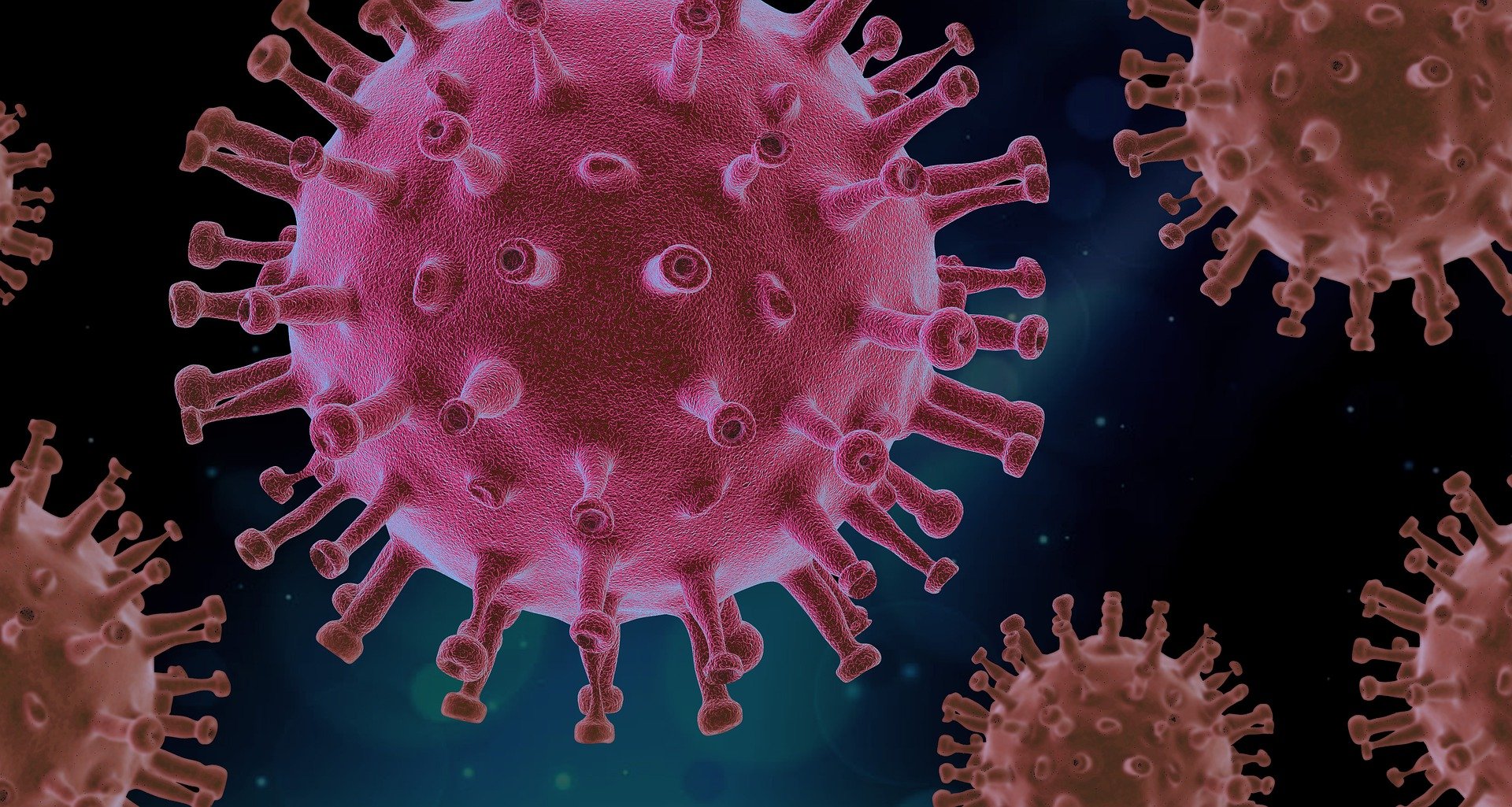What is a Pandemic?
A pandemic is the spread of an
infectious disease, globally, as defined by The World Health Organization. It
occurs when an infection is widely spread by bacteria or viruses. The disease
behind the pandemic can cause serious illness and can easily spread from one
person to another. The epidemic is limited to a city, region, or country, but
the epidemic is spreading beyond national borders and around the world.
Authorities consider it an epidemic when the number of infected people in a
certain area exceeds the estimated number, and if the infection spreads to
several countries at once, it can develop into a pandemic.
As of March 2020, the world is
grappling with the global outbreak of COVID-19. On March 11, the World Health
Organization (WHO), a reliable source, reported that the disease was showing
signs of a pandemic. Many governments had restricted freedom of movement and
isolated residents to prevent the spread of the pandemic.
A new strain or subtype of the
virus that can be easily transmitted between people could cause a pandemic.
Bacteria that have become resistant to antibiotic treatment can also cause
rapid spread. Epidemics sometimes occur when a new disease develops the ability
to spread rapidly, such as the plague or bubonic plague. People may have little
or no immunity to the new virus. Often, new viruses cannot spread between
animals and humans. However, if the disease changes or mutates, it can easily
spread and cause a pandemic.
Epidemics of seasonal influenza
(flu) usually result from virus subtypes already circulating in the human body.
On the other hand, new subtypes usually cause pandemics. This subtype has not
previously cycled in humans. Pandemics affect more people and can be more
deadly than epidemics. It can also lead to great social upheaval, economic loss
and general misfortune.
The COVID-19 Pandemic : Then
Since March 2020, the current
pandemic has had an unprecedented impact around the world. COVID-19 is a
disease caused by a type of coronavirus infection. The virus started causing
infections in Wuhan, China before it spread around the world. According to WHO
recommendations, more than a third of the world's population was under
quarantine. Several countries including the US, UK, India and China had closed
their borders, affecting travel and industry around the world.
In many countries, people lost
their jobs as "non-essential" businesses had to be closed to contain
the spread of the virus. Restaurants, fitness studios, places of worship, parks
and offices were closed in many places. The pandemic also put pressure on the
healthcare system, increasing demand for certain treatments. People with severe
symptoms of COVID-19 were using more ventilators and beds in intensive care
units. As a result, resources were not
sufficient for others who needed this equipment.
However, countries had to take
steps to resolve this problem. For example, the US government asked companies
such as Ford and General Motors to begin manufacturing ventilators, ventilators
and face coverings to meet growing demand. The authorities hoped that these
emergency production measures and movement restrictions, which have global
economic and social consequences, would slow the spread of the disease.
Countries jointly purchased medical equipment and developed vaccines.
Covid in 2022 : Now
As the coronavirus pandemic
enters its third year, many local governments are easing public health
restrictions. While most of the Indian population is now thought to be immune
to SARS-CoV-2, either through vaccination or natural infection, experience and
data show that new mutations are emerging causing localized outbreaks and
unexpected consequences for control strategies. prevention and treatment.
A common question in almost
everyone’s mind is when will life return to normal. This question is very
difficult to understand and various predictions have been made. In this study,
global and COVID-19 mortality were analyzed using non-linear regression
analysis. Analysis suggests that the COVID-19 pandemic may end in 2022, but by
2023, COVID-19 could be one to two times more deadly than seasonal influenza.
The forecast takes into account the possibility of the emergence of new strains
of SARS-CoV. 2 and is confirmed by the properties of the Omicron variant and other
facts. Because herd immunity to COVID-19 from natural exposure and mass
vaccination varies from country to country, COVID-19 may be slightly more
deadly than expected in some countries over the next few years. The future of
COVID-19 will provide many opportunities, but these statistical projections can
help you make informed decisions and provide examples of projections.
